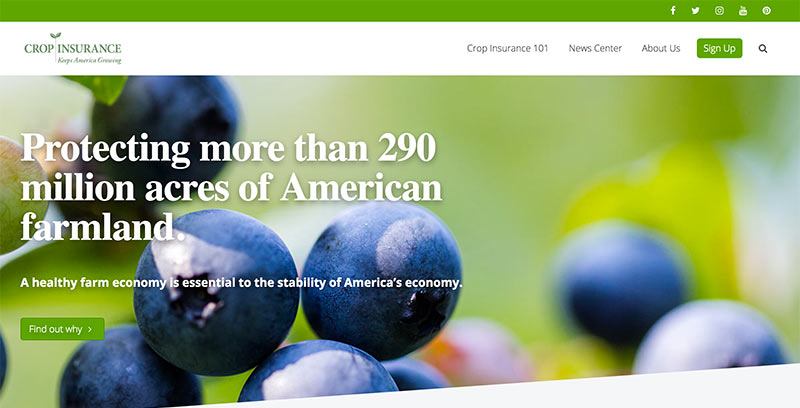As Farm Bill Discussions Get Underway, NCIS Unveils Updated Website

National Crop Insurance Services (NCIS) is pleased to announce it has updated and redesigned the award-winning Crop Insurance in America website.
Crop Insurance Helped Mississippi Farmers See Yet Another Spring

The state of Mississippi and farming are so intertwined that it is hard to imagine one without the other. Agriculture is not only our state’s number one industry; it employs roughly one-third of our population, contributing $5.8 billion to the state’s economy. There are approximately 42,000 farms in the state covering 11 million acres, producing […]
Mid Atlantic Lender Sold On Crop Insurance
Kenny Bounds feels strongly about crop insurance. “For ag lenders, crop insurance is portfolio insurance,” says Bounds (56), the Government Affairs Officer for Mid Atlantic Farm Credit, which serves five states. Bounds has been in ag lending for his entire career and lives on Maryland’s Eastern Shore. “I tell our producers that anyone who self-insures […]

